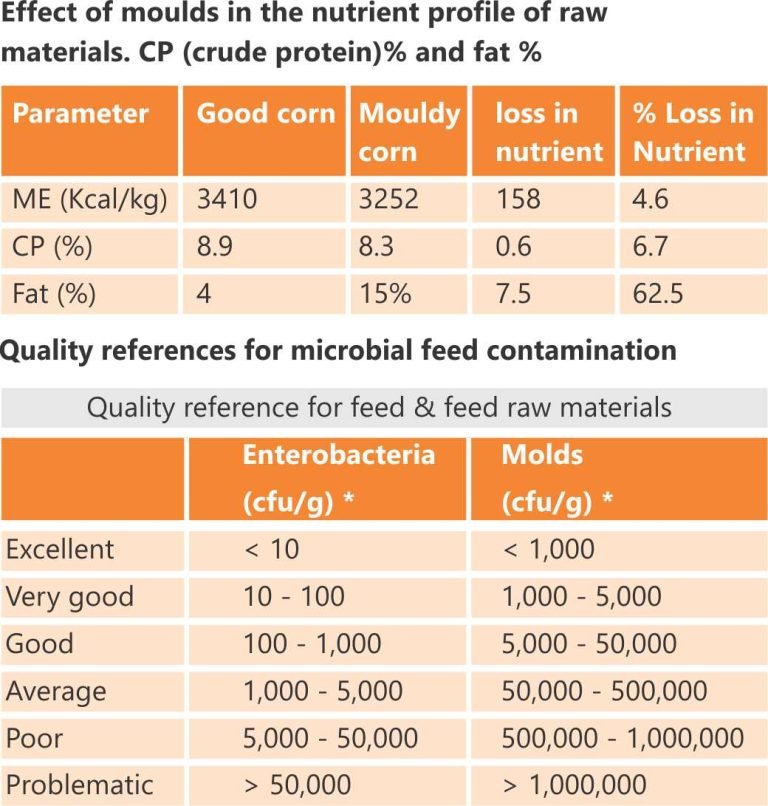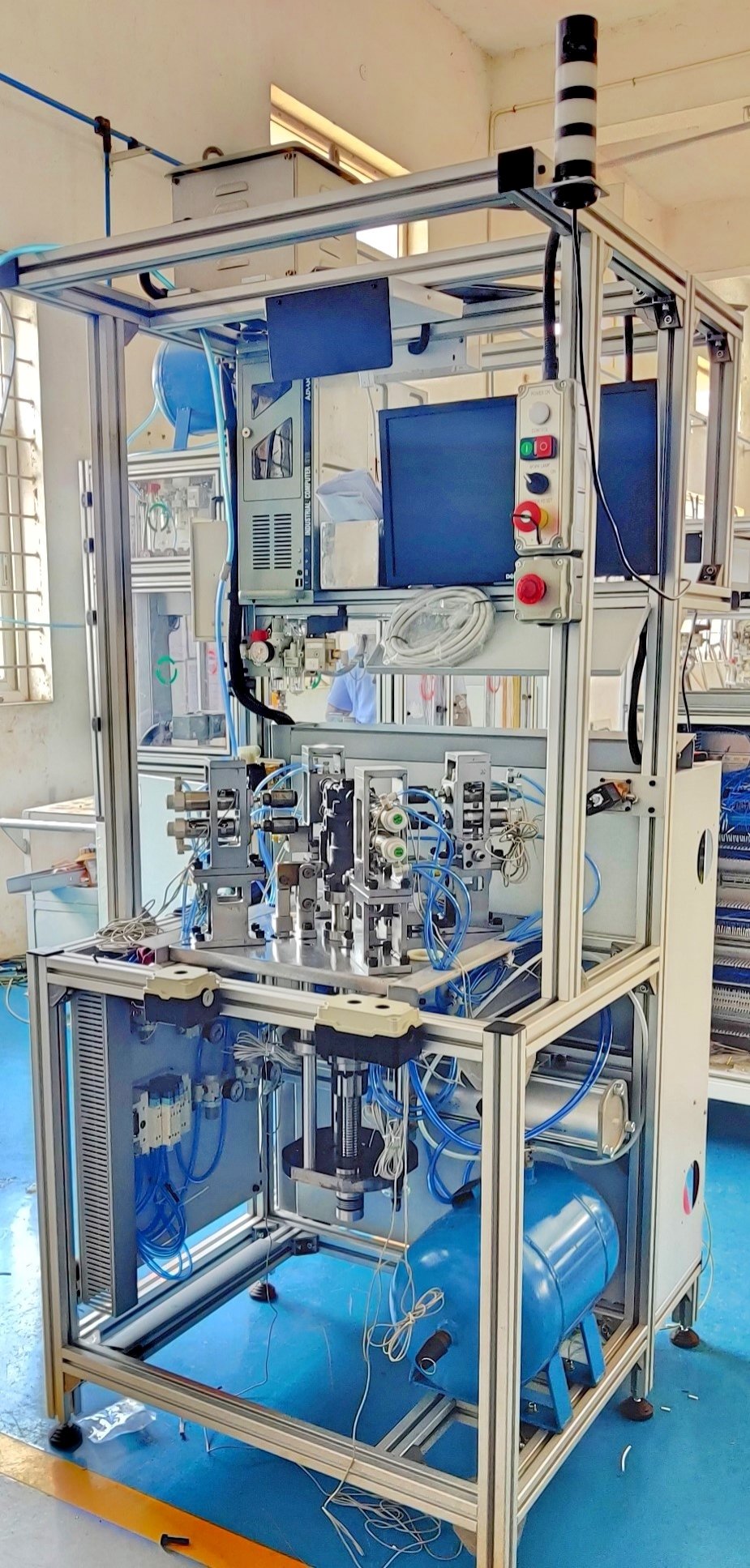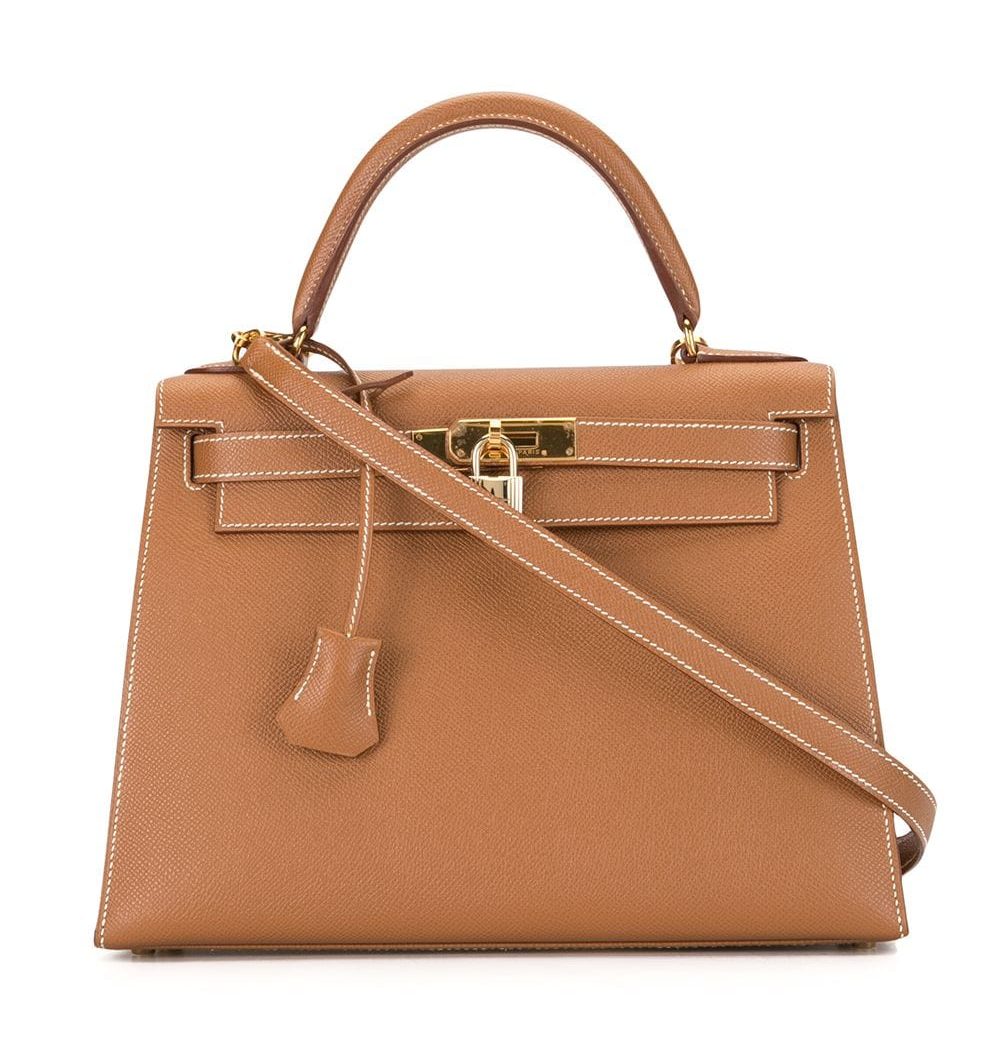Product testing for handbags validates their strength, durability, and safety, ensuring they withstand daily use and meet rigorous quality standards.

A well-crafted handbag is more than a mere accessory; it is a trusted companion, a vessel for daily essentials, and a statement of personal style. Its ability to perform reliably day after day is not a matter of chance but the result of meticulous evaluation. Understanding the importance of product testing illuminates why a premium handbag is a worthwhile investment in lasting quality and personal safety. The process scrutinizes every component, from the integrity of the leather to the resilience of the smallest buckle.

Table of Contents
- What Does Handbag Quality Testing Involve?
- Why is Ensuring Handbag Safety a Non-Negotiable?
- How Does Rigorous Testing Translate to User Experience?
- What is the Beldțură Leather Commitment to Quality?
What Does Handbag Quality Testing Involve?
Comprehensive handbag testing is a multi-stage process designed to simulate real-world wear and tear, pushing a product to its limits to identify potential weaknesses. This isn’t a single check but a series of detailed assessments covering every aspect of the bag’s construction. The goal is to guarantee that the final product not only looks exceptional but performs flawlessly under the pressures of daily life.

Assessing Material Integrity and Strength
The foundation of any great handbag is its material. For leather goods, this means verifying the quality and resilience of the hide itself. Key tests include tensile strength analysis, which measures the force required to pull the material apart, and *tear resistance tests* to ensure it doesn’t rip easily under stress. Another crucial assessment is for abrasion and scuffing. A quality bag must endure being placed on various surfaces and brushing against objects without showing premature signs of wear.
Materials like the full-grain leather used in Beldțură’s collections are specifically chosen for their inherent durability. Unlike corrected-grain or bonded leathers, full-grain leather retains its topmost layer, which is the strongest and most durable part of the hide. This ensures the bag not only withstands abuse but also develops a unique patina over time, enhancing its character rather than degrading.
Evaluating Hardware and Component Performance
A handbag is only as strong as its weakest component. Hardware—including zippers, clasps, buckles, and feet—is a common point of failure in poorly made bags. That is why rigorous hardware testing is critical. Zippers undergo cycle testing, where they are opened and closed thousands of times to ensure the mechanism remains smooth and does not jam or break. Clasps and buckles are subjected to pull tests to confirm they can handle significant force without deforming or releasing unexpectedly.
Furthermore, hardware must resist environmental factors. Corrosion resistance is often checked using a *salt spray test*, which simulates accelerated aging to see how metals hold up against moisture and oxidation. This is why brands committed to longevity, like Beldțură, opt for solid brass hardware. Unlike cheaper plated alloys, solid brass does not chip or flake, and its natural resistance to corrosion ensures it remains functional and beautiful for decades.
Verifying Structural Durability
Beyond individual components, the bag’s overall construction must be sound. The most vital structural test is the strap strength test. This involves subjecting the straps and their anchor points to both static loads (hanging a heavy weight) and dynamic jerk tests (simulating the bag being snagged or dropped). This process ensures the straps can carry a reasonable load without stretching, tearing, or detaching from the body of the bag.
The integrity of the seams is equally important. Stitching is examined for consistency, density, and strength. High-stress areas, such as the corners and where the handles are attached, receive special attention. Meticulous stitching, a hallmark of true craftsmanship, prevents seams from unraveling and ensures the handbag maintains its shape and structure even when fully loaded.
Why is Ensuring Handbag Safety a Non-Negotiable?
While durability ensures a handbag lasts, safety testing ensures it does no harm to the user or their belongings. This aspect of product evaluation is often invisible to the consumer but is a fundamental responsibility of any reputable manufacturer. It involves checking for both chemical and physical hazards that could pose a risk.
Chemical Compliance and Consumer Well-being
Many low-cost manufacturing processes involve chemicals that can be harmful. Chemical compliance testing is essential to screen for restricted substances. This includes testing for heavy metals like lead and cadmium in hardware, phthalates in synthetic coatings (often used to make plastics flexible), and certain azo dyes used for coloring textiles and leathers. These substances can cause skin irritation or have more serious long-term health effects.
A commitment to using high-quality, natural materials greatly reduces these risks. For example, vegetable-tanned and premium full-grain leathers are processed using methods that are far less likely to involve the harmful compounds found in mass-produced, synthetic alternatives. This focus on material purity protects the end user and aligns with sustainable, responsible production practices.
Physical Safety Considerations
Physical safety relates to the design and finish of the handbag. All components must be free of sharp edges or burrs that could snag clothing or scratch the skin. This is particularly important for metallic hardware like zipper pulls, decorative studs, and buckles. During the quality control process, each piece is inspected to ensure it is smoothly finished.
Another key safety and quality check is the colorfastness test, also known as a *crocking test*. This test determines whether the dye from the material will rub off onto other surfaces, such as clothing, when subjected to friction, both wet and dry. A bag that fails this test can permanently stain a light-colored coat or dress, ruining other valuable items. Rigorous colorfastness testing guarantees the handbag’s color stays where it belongs.
How Does Rigorous Testing Translate to User Experience?
The extensive battery of tests performed on a premium handbag directly impacts the owner’s daily experience. These technical procedures translate into tangible benefits like confidence, longevity, and the justification of a higher price point. The result is a product that is not just owned but relied upon and cherished.
The Confidence of Reliability
A thoroughly tested handbag provides peace of mind. The owner doesn’t have to worry about a strap snapping in a crowded place, a zipper failing at an inconvenient moment, or a clasp giving way and spilling the bag’s contents. This inherent reliability is a core component of the user experience. It builds trust between the consumer and the brand, fostering a sense of confidence that the product will perform as expected, every single time.
This reliability transforms the handbag from a simple purchase into a dependable part of one’s daily routine. It can be carried without a second thought, allowing the user to focus on their day without being concerned about product failure. This is the silent, everyday reward of exceptional quality control.
The Promise of Longevity
Durability testing is the bedrock upon which a long-lasting product is built. When a handbag passes stringent tests for material strength, hardware performance, and structural integrity, it is engineered for longevity. It is designed to resist the wear and tear of years, not just a single fashion season. This commitment is the difference between disposable fashion and a timeless investment.
Products like a handcrafted Beldțură Leather tote or satchel are created to be legacy items. They are intended to be passed down, carrying stories along with them. A company can only make such a promise if it is absolutely certain of its product’s tested durability. This confidence is often backed by a strong warranty, such as Beldțură Leather’s lifetime guarantee, which serves as the ultimate proof of a product built to last.
Justifying a Premium Investment
The cost associated with comprehensive product testing—from specialized machinery to third-party lab verification—is significant. This expense is a key differentiator between a premium, handcrafted bag and a mass-produced alternative. The higher price tag reflects not only superior materials and craftsmanship but also the assurance of proven quality, safety, and durability.
When you invest in a well-tested product, you are paying for the certainty that it will perform, last, and be safe to use. You are investing in the meticulous attention to detail that ensures every stitch is perfect and every piece of hardware is secure. This makes the purchase less of a cost and more of a long-term value proposition.
What is the Beldțură Leather Commitment to Quality?
At Beldțură Leather, quality is not a final inspection point; it is a philosophy embedded in every step of the creation process. Our commitment begins with sourcing the most superior raw materials available, including robust full-grain leather and solid brass hardware. We believe that a product’s final strength and beauty are determined by the integrity of its initial components. This careful selection is our first line of quality assurance.
Our process of meticulous craftsmanship is a form of continuous testing. Each hide is inspected, each pattern is cut with precision, and every stitch is placed with purpose. Our artisans are trained to identify and rectify any imperfection, ensuring that stress points are reinforced and every detail aligns with our exacting standards. This hands-on approach guarantees a level of quality that automated mass production simply cannot replicate.
The following table illustrates the tangible differences that this commitment to quality makes:
| Feature | Standard Mass-Market Handbag | Beldțură Leather Handbag |
|---|---|---|
| Material Testing | Often minimal; may use bonded or “genuine” leather. | Rigorous testing on full-grain leather for strength and aging. |
| Hardware | Plated alloys, prone to chipping and corrosion. | Solid brass hardware, tested for corrosion and strength. |
| Construction | Machine-stitched with focus on speed, potential weak points. | Meticulous hand-stitching at stress points, ensuring seam integrity. |
| Safety | Chemical testing can be inconsistent across batches. | Commitment to safe, high-quality materials, avoiding harmful chemicals. |
| Longevity Promise | Limited warranty or 30-day return policy. | A lifetime guarantee built on the confidence of quality. |
Ultimately, our lifetime guarantee is the final expression of our confidence. We stand behind our products without reservation because we know the rigor and care invested in their creation. When you choose a Beldțură Leather piece, you are choosing a product tested not just by machines, but by the hands and eyes of dedicated artisans committed to creating something truly enduring.

